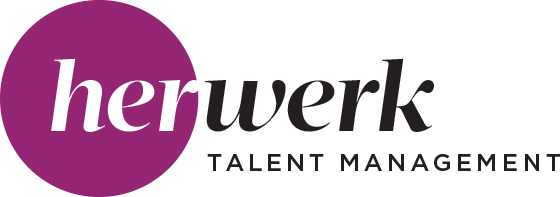
Women at work: Is your company up with the times? Part 1
It’s a key time for women in the workforce. We’re more vocal than ever, holding individuals and organizations accountable for their actions, and demanding more female-focused training and initiatives.
So what can employers do to stay current and meet our demands? Diana M. Estrada, employment attorney and partner at the global law firm Wilson Elser, lends her expertise to companies who want to do better (and gives some personal advice to fellow females) in this two-part Q&A:
For companies who want to make their workplace more inclusive and empowering for women, what types of things do you typically recommend they do?
A good starting point is to have and enforce strong policies preventing and promptly addressing sexual harassment, discrimination, and retaliation in the workplace. Simply having the policies in place, however, is only as good as they’re followed and enforced. Managers and other employees should be trained on what sexual harassment is and what the consequences are should a policy be violated. It’s also important to let applicants and employees know that if they report harassment and/or discrimination, they’ll be protected from retaliation (an adverse action that a company takes against an employee because he or she filed a complaint about harassment or discrimination).
Another good action is eliminating the practice of asking candidates their salary histories, which perpetuates wage disparities. While some cities and states passed laws to do so, we have a very long way to go before laws like these are passed everywhere. But we don’t have to wait. Employers can take it upon themselves to promote transparency in salaries and establish their own policies and procedures prohibiting these inquiries.
Opportunity is key in advancing women in the workplace.
Employers can ensure that they have the same access to things like complicated or high-profile projects, key introductions, important meetings, training, and networking opportunities. Having initiatives that support up-and-coming females (like training and mentoring) also helps support advancement.
Lastly, updating policies and practices that may have unintended adverse consequences on women is a good way to foster inclusiveness in the workplace. For example, companies can look at things like fixed hours of work or mandatory overtime to evaluate whether or not they’re necessary for business operations. These types of policies can negatively affect women (and men) who are primary caregivers to their children and need flexibility in their workday to tend to them.
Laws and policies aside, what else can companies do to promote inclusiveness?
Unconscious bias training! There’s blatant harassment and discrimination, but there are also gender biases that people bring into the workplace daily that companies fail to acknowledge. For example, a female attorney walks into a deposition with a client and someone asks if she’s the court reporter. Gender bias caused that person to assume she’s not the attorney and, worse, it happened in front of her client. A similarly dressed male attorney carrying the same large black bag with wheels doesn’t get asked if he’s the court reporter. Sadly, many people don’t realize when they are perpetuating stereotypes based on biases because many times these biases are unconscious. Micro-inequities (i.e., a slight that demeans or marginalizes) like the example above occur all of the time and, when companies can acknowledge that and require all employees to take unconscious bias training, it helps advance inclusiveness and empowerment.
How many women reading this have been interrupted and/or have had their ideas dismissed, only to have the same idea raised and embraced by a similarly situated male? Train leaders to be mindful of this problem and build a culture that gives credit where it’s due to ensure the problem doesn’t continue.
Speaking of leadership, promoting diversity in higher positions goes a long way in building awareness of unconscious bias. People learn about unconscious biases from others who have been on the receiving end and talk about their experiences. Bringing people together from the opposite sex, different cultural and socio-economic backgrounds, races, ethnicities, and ages in leadership roles will facilitate an understanding of how certain statements or actions may be offensive.
Keep an eye out for Part 2 later this week!

